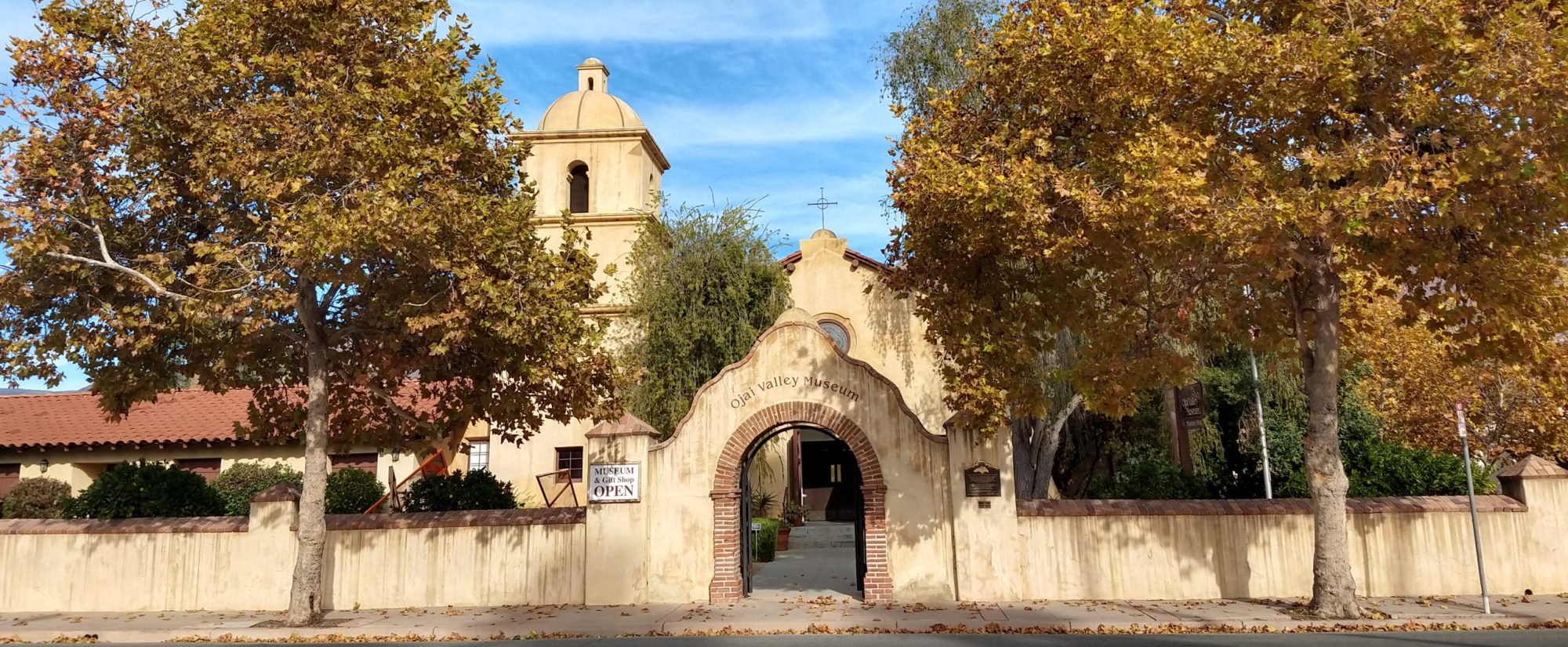This article was published in the Winter 2018 edition of the Ojai Valley Guide magazine. It is reprinted here with their permission. All photographs are copyrighted to their respective creators, as named and credited. The content is copyright to the author. ©2018 Anca Colbert – All Rights Reserved
A Place for Potters
A rekindled interest in pottery activity around the Ojai Valley.
Story by Anca Colbert
In Ojai’s history and reputation of attracting artists and creatives of all kinds we know that potters and ceramic artists have long been drawn to live and work here, in this place, this small town nestled in a heavenly mountain valley.
Naturally, Beatrice Wood’s storied life and career first comes to mind. “Beato” lived here from 1947 (when she built her house and studio in the East End) until her death in 1998, at the ripe age of 105. For many, she put Ojai on the map. She did so for this then-young art lover, freshly arrived from Paris to Los Angeles, who first came to Ojai in 1973 invited to lunch by Beatrice, who at the time was just settling into her new home in the Upper Valley, next to the Happy Valley School. That home and studio, now transformed into The Beatrice Wood Center for the Arts, welcomes visitors on pilgrimage seeking a glimpse into the famed artist’s inner and outer landscapes.
Read the rest of the article in the Ojai Magazine.
